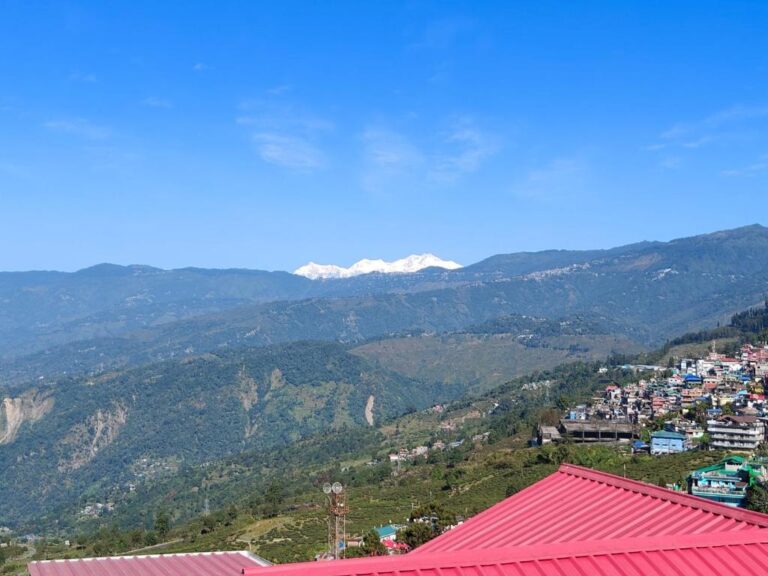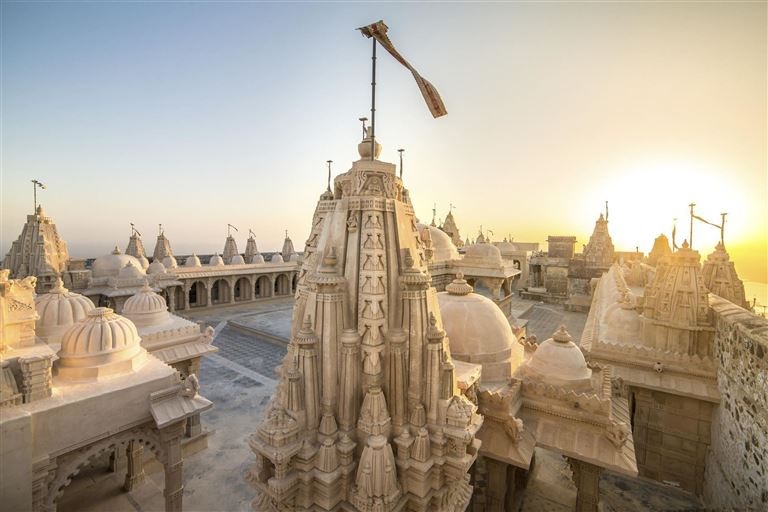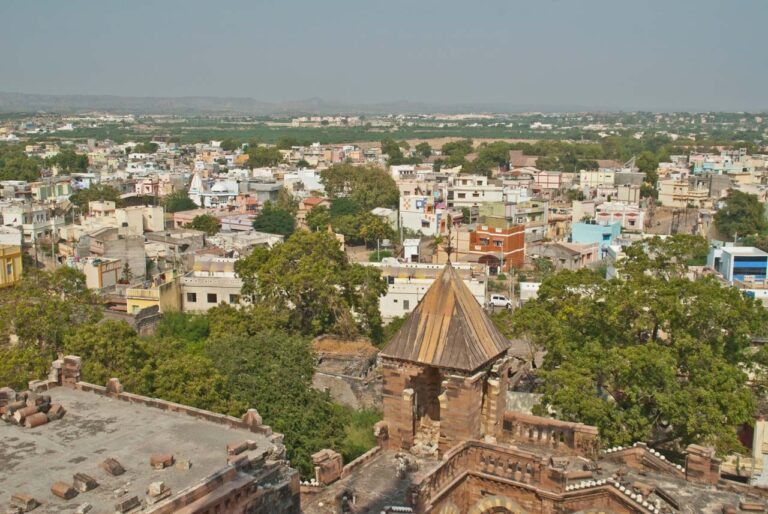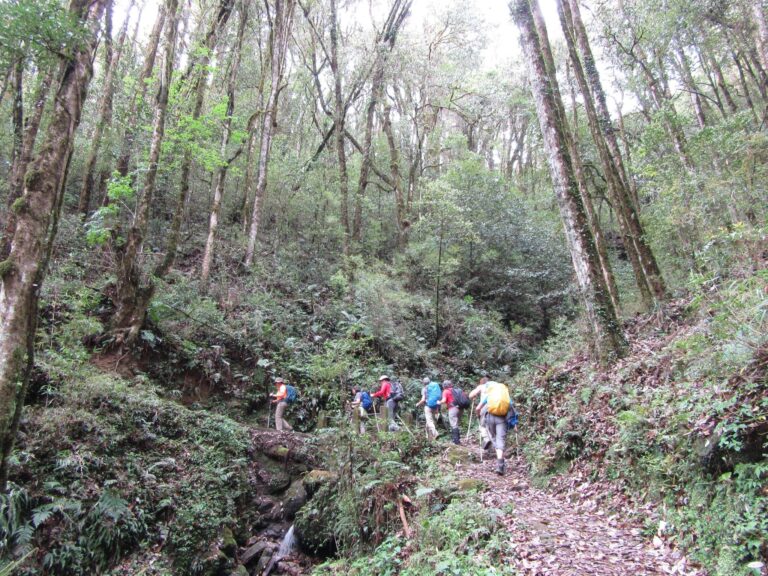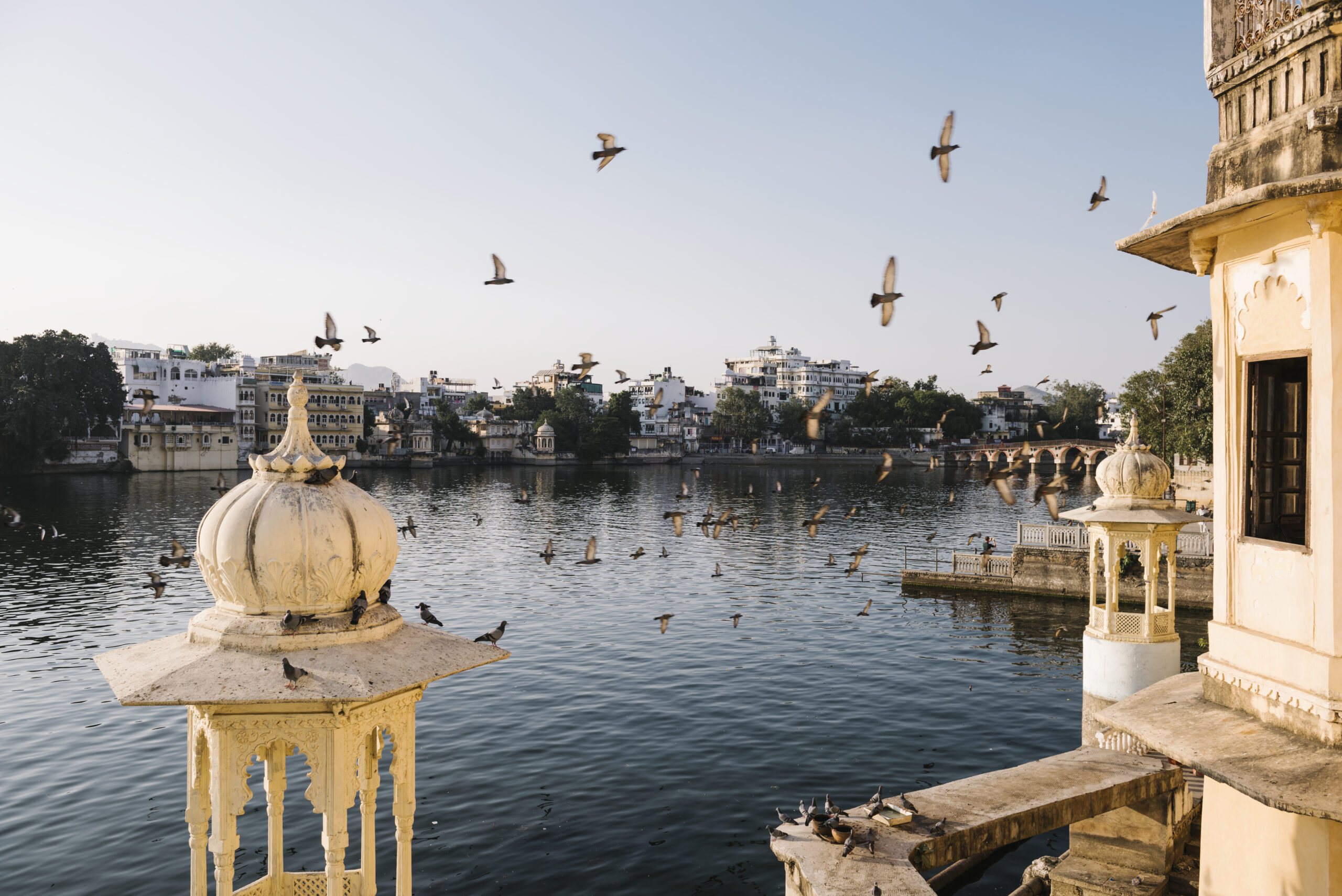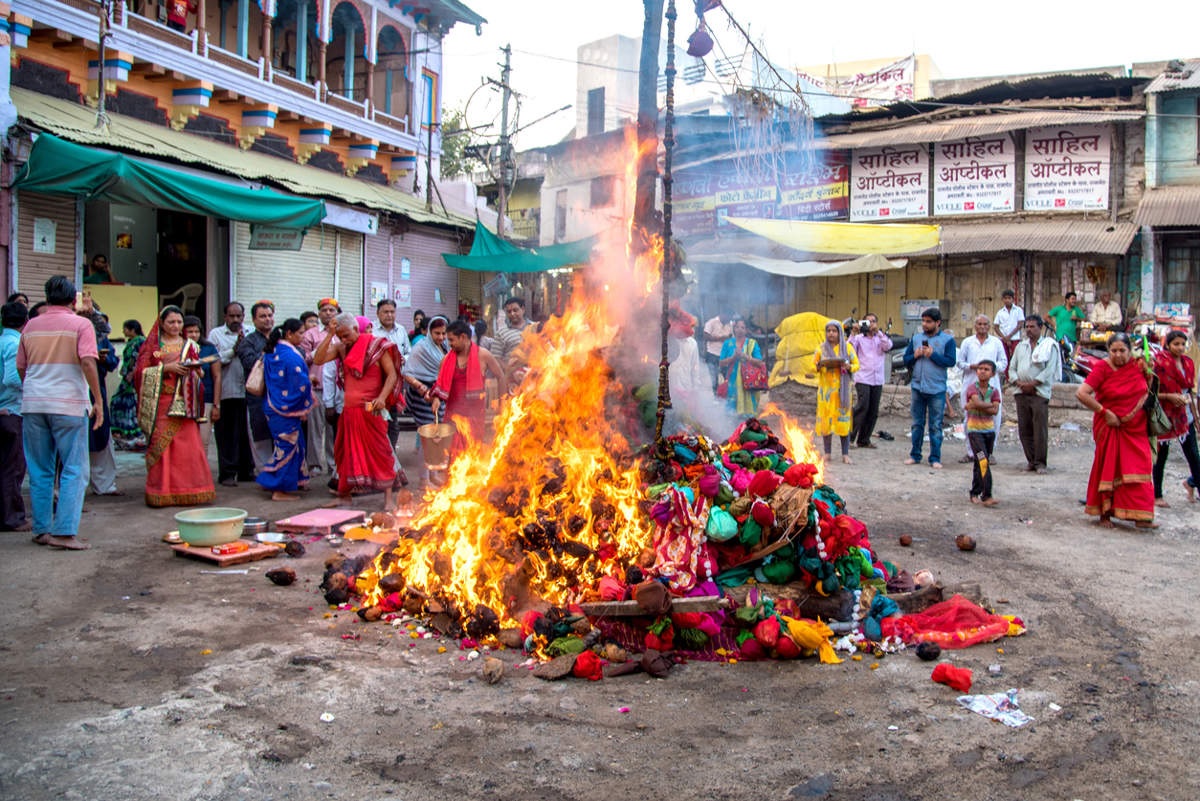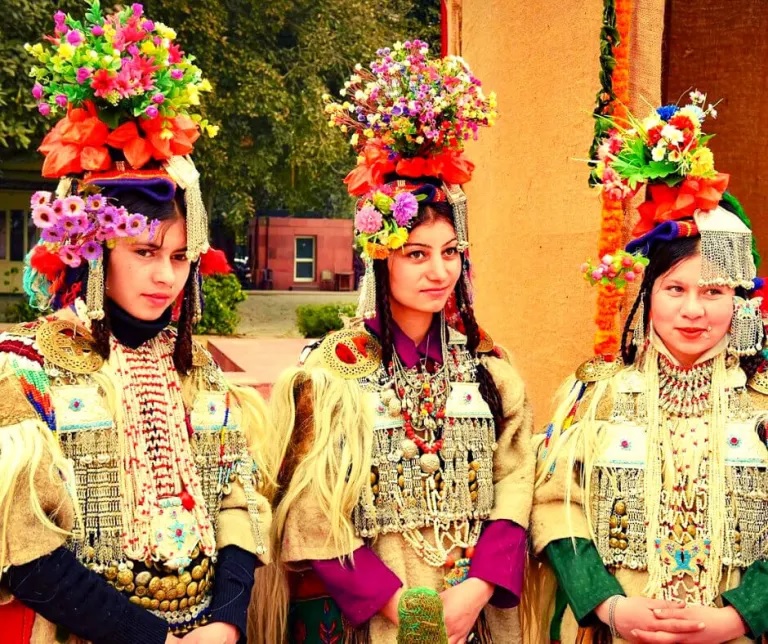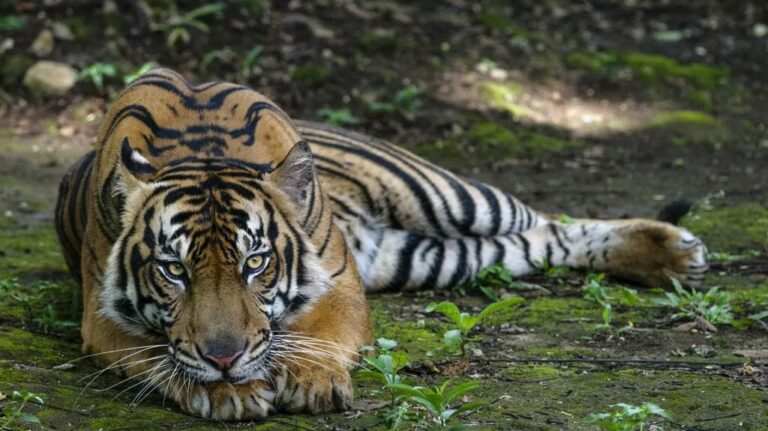
Travel Guide To India’s Wildlife
Not only is India a true pearl culturally, but the country also has a fascinating, highly varied landscape and a diverse range of Travel Guide To India’s Wildlife. In recent years, several national parks, game reserves, and protected areas have been created to protect this wonderful nature. Since the first national park was created


